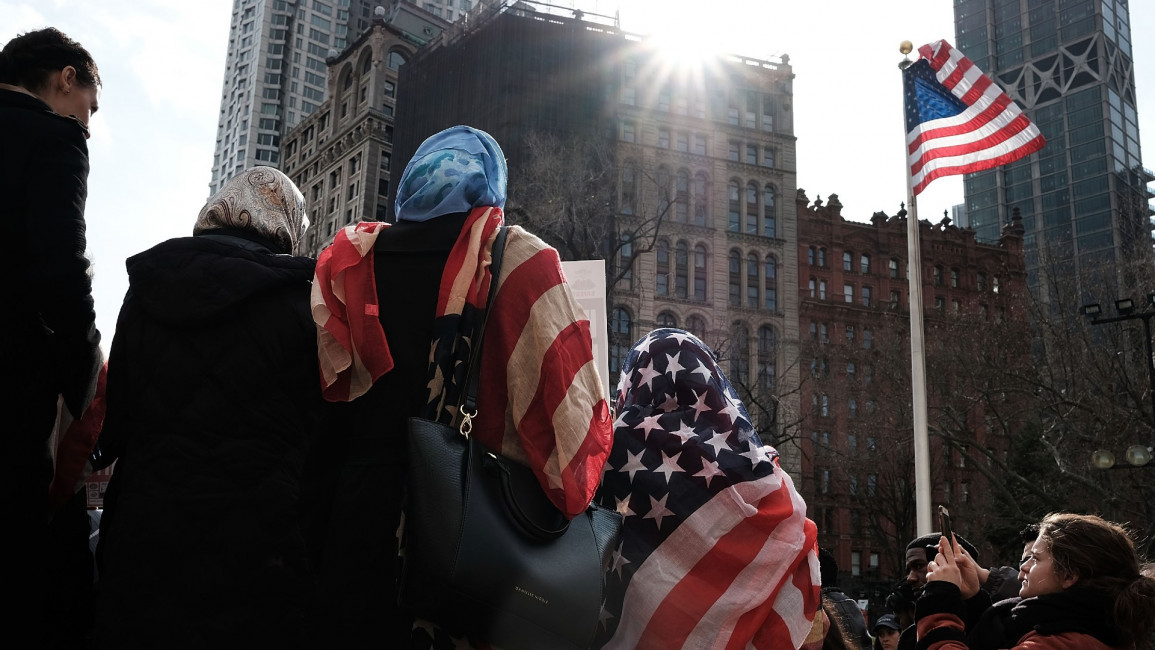As Muslim children return to schools, so does bullying
A recently released report by the Council on American-Islamic Relations-Massachusetts (CAIR-MA) has found that bullying and harassment of Muslim schoolchildren was rife before the pandemic. Now that classes are once again in person, cases are back up, following patterns reflective of the pandemic.
During the period when students were undergoing remote learning, the level of reported school bullying basically went down to zero. Meanwhile, adult Muslims working from home experienced an increase in harassment by their neighbours during the same period.
“So much of what comes into the office is part of the larger context of what’s going on,” Barbara Dougan, legal director at CAIR-MA, told The New Arab.
“There was a year where there were almost no bullying calls starting in 2020. They weren’t in school. Those were very low. But we saw the numbers jump back up to a typical level in September 2021. Well, it’s the regular level, but the regular level is terrible.”
She said one of the most common examples of school bullying against Muslim schoolchildren is yanking the hijab off a girl’s head. Another common taunt is calling a Muslim child a terrorist.
The report, which surveyed students between 2019 and 2020 (before the peak months of the pandemic), documents what has largely been until recently anecdotal. The key findings were that more than 60 percent of Muslim students have at some point been bullied at school for being Muslim; around 40 percent have heard of someone who wears a hijab being physically harassed; and around 17 percent have had their hijab tugged at or pulled on, or experienced other offensive touching of their hijab.
Another troubling finding from the report was the lack of oversight by parents and teachers, leaving many Muslim schoolchildren feeling isolated.
Meanwhile, for the older generations, the reported incidents of neighbourhood harassment increased considerably, based on other cases during the same period. With the increased time at home, many neighbours began interacting more than they had previously had, leading to more opportunities for harassment.
‘’We call these the crazy neighbour cases,” she said. “When you look at the behaviour of the neighbours, it’s totally irrational. The things the neighbours are projecting is illuminating.”
She said the cases involving adults can be difficult to resolve. In one case of adult harassment, they had the perpetrator watch a documentary on Islam, as an effort to humanise those they’d antagonised, a solution their clients liked.
Though she’s unsure if the perpetrators of these harassment cases have learned their lessons and feel remorse, she is sure that they’re sorry they got caught.
One thing she feels certain about is that “those harassment cases manifested differently during the pandemic.”



